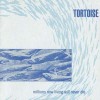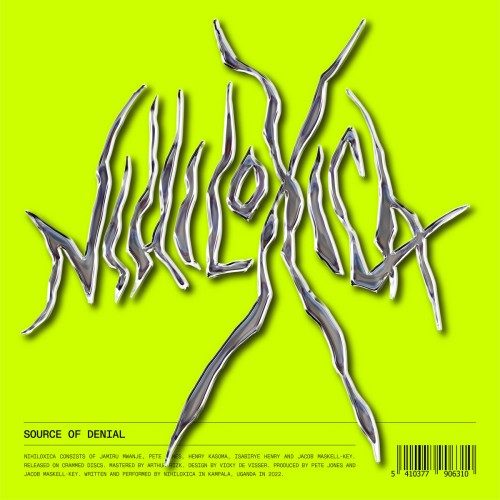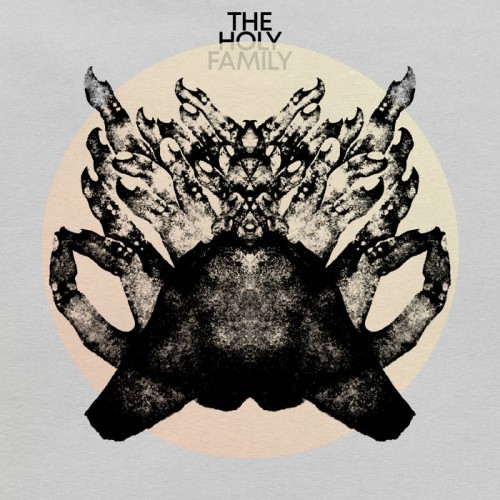 By the time the second Tortoise album appeared on the scene, there seemed to be an inordinate amount of time dedicated to the discussion as to whether they were in the spirit of Prog, or Krautrock.
By the time the second Tortoise album appeared on the scene, there seemed to be an inordinate amount of time dedicated to the discussion as to whether they were in the spirit of Prog, or Krautrock.
It seemed that much underground and forward thinking ‘rock’ at this time was being examined under the withering light of Krautrock. Some bands were left looking rather tame, which was embarrassing as, let’s face it, the German avant-rock that was suddenly thrust back into the public consciousness was over 20 years old. Prog on the other hand, was still being used as a benchmark of what not to do when you wanted to take your sound beyond the usual confines of rock formulae; an ugly stain on the musical tapestry that reeked of unnecessary excess and overreaching ambition.
In reality Tortoise resembled both Prog and Krautrock at times, but they were far too restrained and tasteful for the former and far too polite for the latter. Millions Now Living Will Never Die, especially with the first epic track “Djed,” sounded like a modern take on Jazz Fusion; a take that had integrated Krautrock, Dub Reggae, as well as the Electronica that was prevalent at the time of the album’s release. “Djed” was a bold move, as it was the album opener and clocked in at a hefty 20 minutes. It was also a condensed rundown of the bands career thus far; with all of their trademarks and stylings thrown into the pot and then teased and tweaked into new shapes. It truly is an astounding track that could easily secure a band’s reputation on its 20 minutes alone.The track opens with crunchy effects and a simple, plaintive bass riff that has a warm, dubby feel to it. This lasts for a few minutes before a motorik drum pattern kicks in. Hints of NEU! are apparent, giving truth to the Krautrock comparisons that were being thrown about, and the bass riff also has a similar lilt to Klaus Dinger and Michael Rother‘s iconic band. A perky melody joins proceedings, lifting the track above motorik pastische whilst also bringing the Jazz Fusion comparisons to mind. This structure breaks down at some point and the track starts to throb, throwing warm and fuzzy dub shapes where the crisp riffs were previously. The piece morphs several more times whilst always giving the impression that it’s a natural flow. Icy glitches show up at one point; and at another it feels like the track is being smeared over the original tapes. Then the track enters into a beautiful section that is an outright homage to Steve Reich’s Music For 18 Musicians replete with mallets, xylophones, and what have you. It closes with an almost crippled breakbeat, with remnants of the track’s riffs and melodies hovering over the brittle drums. It’s a fantastic ending to an astonishing track, and is the sort of piece that has you yearning to instantly listen to it all over again. Addictive.
Unfortunately the rest of the album seems plain by comparison; which makes one feel that it’s fortunate that “Djed” is 20 minutes long, and takes up the first half of the album. Second track “Glass Museum” starts off with a similar feel to the first [post=tortoise text=”Tortoise album”]; however, it gets to a point halfway through where it builds up pace and the listener is reminded of Ozric Tentacles, which isn’t a flattering comparison. Things improve elsewhere however, with two atmospheric tracks, “A Survey” and Dear Grandma and “Grandpa,” occupying spaces somewhere between the Ambient electronic of outfits such as Black Dog and the minimal sound compositions of John Fahey. “The Taut and the Tame” has the spirit of Miles Davis hanging quite heavily over it; though one could cite any number of the great electric jazz proponents of the late 60s and early 70s; but Miles is the one that seems to come to mind. The sound is still the band’s own though, with one being reminded of the self-titled debut, and it is undeniably a product of the 90s.The closing track is an atmospheric piece that suggests Ennio Morricone’s Western soundtracks, and is a great way to finish. However, it is very difficult not to wonder at what a whole album done in the spirit of “Djed” would have sounded like. Millions Now Living Will Never Die is still an album whose strength lies in the lengthy opener; an opener that doesn’t sound dated one little bit.
-Jay Harper-



